A Wining Cost Estimate
That Helps You To Win More Painting Construction Projects

To estimate the price of exterior painting for multi-unit residential buildings, you need to consider several factors. Factors such as the size and condition of the building, type of paint, and materials needed, labor cost, and additional costs play a vital role in calculating the estimate. In this section, we will brief you on each of these factors, which are further classified into sub-sections.
The size of a building influences the cost of exterior painting. The bigger and more intricate the structure, the higher the price. Height and width matter, as they determine the ladders and scaffolding needed. Plus, paint materials vary according to surface type.
Location matters too. Weather and air quality can affect how paint sticks. Intricate details or designs may also raise the estimate.
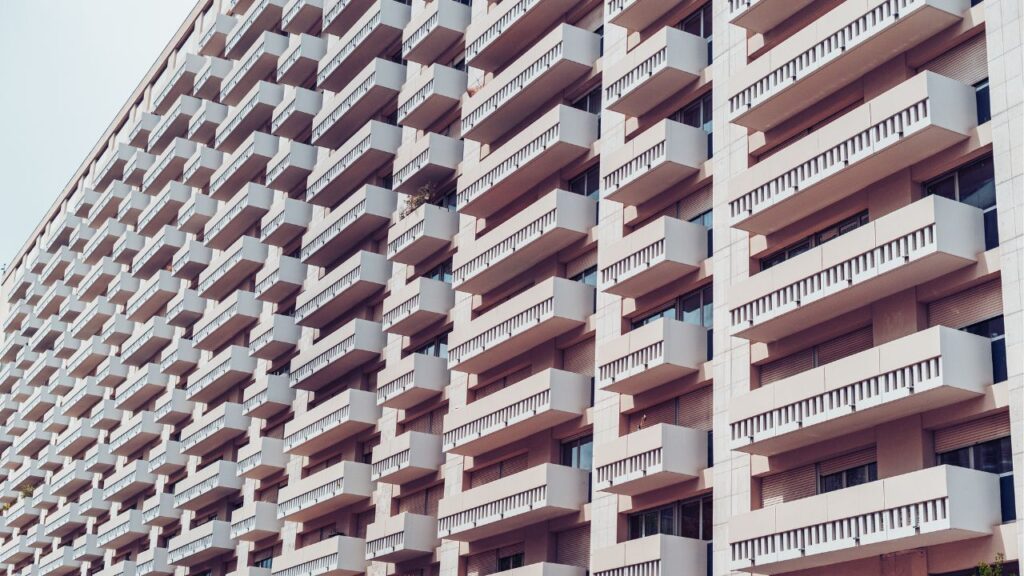
However, new nanotechnology advancements have improved paints. They last longer and need less touch-up. Sherwin-Williams claims coatings with nanotech can increase durability by up to 50%.
It’s time to paint this building before it starts to peel and flake like a bad sunburn.
Careful consideration of the current state of the structure is a must for an accurate exterior painting estimate. Analyzing wall surfaces, trim and siding, mold or mildew growth, and overall damage is essential. All these factors affect the project timeline and materials needed.
The exact scope of work needed is determined by the degree of peeling paint, chalking surfaces, degradation due to UV-ray exposure or poor previous paint jobs. Moreover, structural defects from water damage and termites must be addressed by a skilled painter team.
Environmental factors can have a big impact on a painting estimate. Rain, for instance, lengthens drying time. Weather variations change temperature during the day and night. Therefore, a painter team experienced with working in these conditions is required.
An Average-sized home ranges from $2,500 to $6,000. So, why settle for a basic coat of paint when you can upgrade to a deluxe edition with the right materials?

When estimating the cost of exterior painting, the type of paint and materials needed must be taken into account. Factors to consider include:
The amount of paint required will depend on the size and condition of the surface area. A pro tip to remember is to account for unexpected repairs or prep work. These could add to both the cost and timeline.
Labor costs for exterior painting can get expensive. If DIY-ing, remember that your time is valuable – even if it’s only the satisfaction of a job well done.
Cost of labor is a must-check when budgeting for exterior painting. Complexity, time needed, and painter’s skills are factors that affect it. Quality requires experts experienced with many surfaces. Painters charge an hourly or square foot rate based on skill. Extra costs may cover prep, cleanup, and disposal.
It’s essential to hire a licensed contractor or company that offers transparency in pricing for labor. Comparing quotes from multiple contractors and checking references helps know if their charges match industry standards.
Pro Tip: Experienced contractors with trained staff may seem pricey, but they save money in the long run. Errors are minimized; quality workmanship is delivered. Plus, extra bucks for nosy neighbors peeking over the fence!
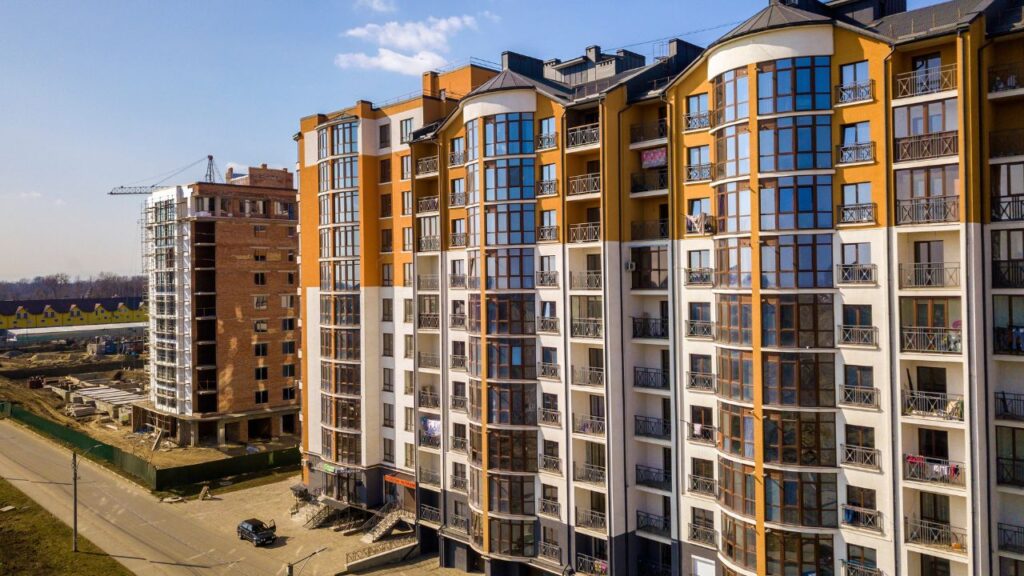
When planning an exterior painting project, there are extra costs beyond the painting itself. These can be easily overlooked but may end up being significant in the overall budget.
Additional Expenses:
Ensure these extra costs are included in your estimate. In 2019, a homeowner in Illinois hired a contractor for exterior house restoration and porch-rebuilding work. Without a written agreement on materials, disputes arose and costs spiraled out of control.
Estimating the size of the building isn’t an exact science. But it’s important to get as close to the real figure as possible.
We help contractors find new customers with high-converting websites and locally targeted niche-specific lead-generation programs. You’ll never need to worry about running out of work again! We focus on quality over quantity with our leads for contractors.
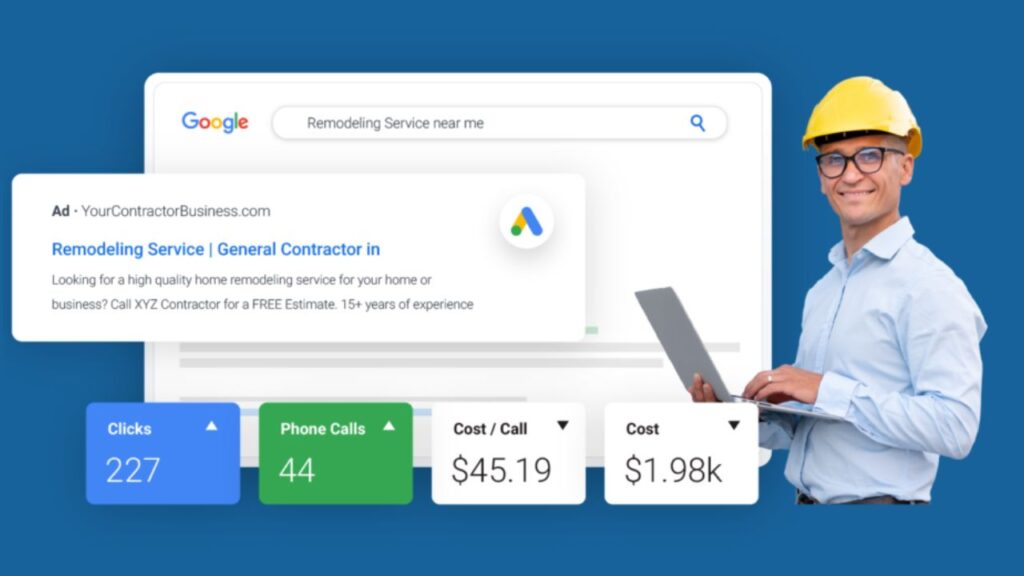
To estimate the price of exterior painting for multi-unit residential buildings, you need to accurately determine the size of the building. This will involve measuring the square footage, calculating the number of stories, and identifying the building’s shape and complexity. By breaking down these sub-sections, you can form a comprehensive understanding of what factors will influence your final cost estimate.
Calculating a building’s square footage is a key step in determining its size. You work out the area of each room/floor and add them together. A table for measuring this could look like this:
Room | Length (ft) | Width (ft) | Square Footage |
|---|---|---|---|
1 | 20 | 15 | 300 |
2 | 12 | 9 | 108 |
3 | 25 | 18 | 450 |
∑ | 858 |
Professionals can also measure the square footage for you. They use specific tools and methods to get accurate numbers. HomeAdvisor reports that “accurate measurements are critical for cost estimating” in construction. So, it’s important to get a precise measurement when budgeting and managing a project.
Oh, and if it’s a skyscraper – brace for some serious stair-climbing!
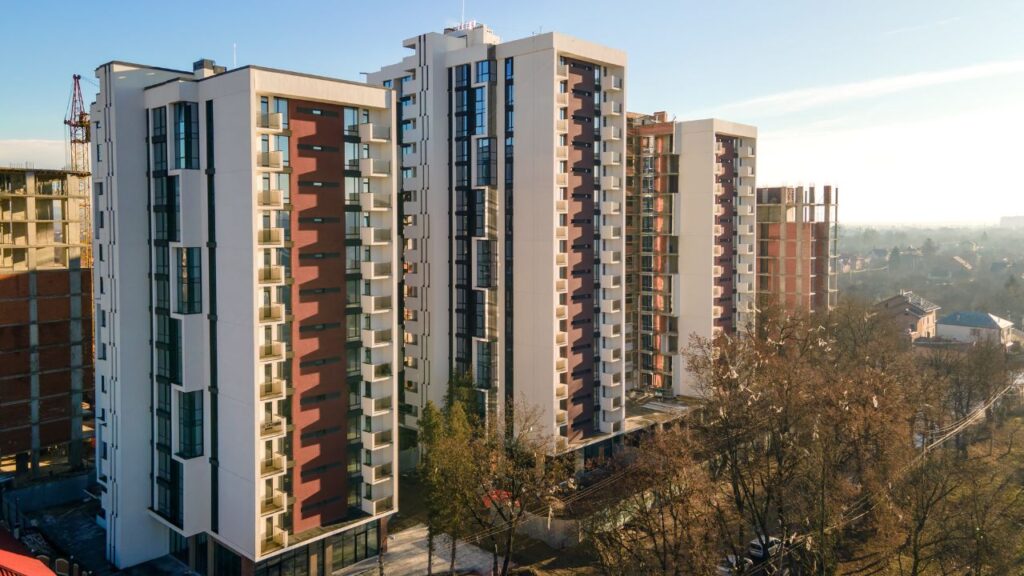
When sizing your building, you must estimate the number of floors. This is a crucial factor in determining building height and size. Below is a table with methods to calculate stories based on construction type.
Construction Type | Method to Calculate Floors |
|---|---|
Wood-frame Building | Count floor beams or support columns |
Masonry Building | Count windows or exterior doors |
Steel-frame Building | Count steel girders or columns |
Note: each construction may vary on how to calculate floors. It’s wise to check plans and consult professionals.
Height restrictions and zoning regulations should also be taken into account. Get expert advice and stick to legal guidelines for a successful build. Don’t let the puzzle of 3D Tetris beat you!

Buildings differ in shape and complexity. Estimating size is important for architecture, engineering, construction and property assessment. Factors such as number of rooms, floors, height, width, length and area can influence size. Exact identification of construction shape and complexity is necessary to measure linear feet or square footage.
Various aspects determine shape – simple or complex – including clustering, roofing style and architectural changes. Experts use topographic measurements to plan and forecast space.
Studying building features is not new. Architects use historical examples for inspiration, sometimes discovering forgotten design concepts during inspections. Wow – this building has seen it all!
To determine the condition of your multi-unit residential building before estimating the cost of exterior painting, focus on identifying the necessary repairs, preparing the surface for painting, and evaluating the age of the building and its previous paint jobs. These sub-sections will help you get a clear idea of the condition of the building and what needs to be done before starting the painting process.
Evaluating a building involves detecting signs of damage and urgent repairs. Issues that may cause future problems can be unearthed. We need to:
We should also inspect facilities, appliances and wiring as hidden problems can hide behind them. A thorough inspection will spot problems before they become big issues.
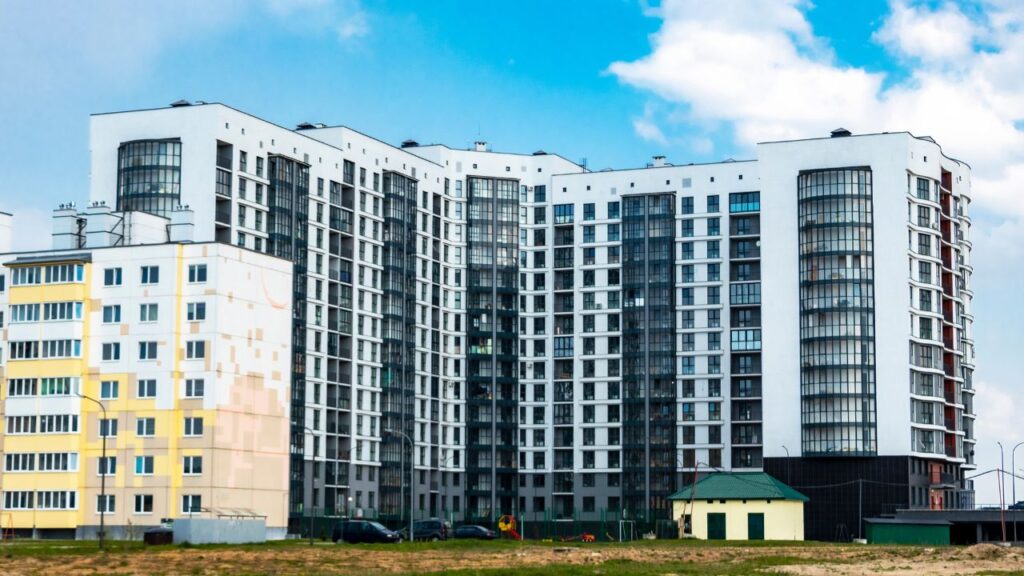
For example, an experienced contractor found a roof leak after some rain. They fixed it quickly before it caused more structural damage. Let’s get ready to give this building a brand new coat of paint!
Before painting a building, it’s essential to prepare the surfaces. This includes removing debris and making sure the surface is smooth, clean, and dry. This ensures the paint adheres better and lasts longer. Here are 3 steps to prepare surfaces for painting:
Different surfaces require different techniques. Dust accumulation during prep can mess up the finish, so use protective equipment like masks when sanding. Don’t miss out on a perfect result! Get expert painters’ guidance while preparing the paint-ready surface.
To learn the age of your building, just ask the layers of paint – each one telling you about another era of questionable design choices.

Determining the age of a building is essential for evaluating its condition. This info gives an idea of potential problems that could affect the building’s sturdiness. To assess its age, one must look at the architectural style, structure and materials used.
Examining paint jobs involves finding out how many layers were applied, what paint type was utilized, and if there are signs of peeling or cracking. Professional services provide specific expertise. Yet, visual inspections and regular maintenance help to spot wear that needs attention before major structural issues occur.
Maintaining, repairing and repainting every few years will ensure durability. Choosing the right type of paint and materials is time-consuming and requires research. You may need to settle for something that’s not your first choice.
To ensure you choose the right type of paint and materials to estimate the price of exterior painting for multi-unit residential buildings, examine the building’s exterior thoroughly. Understanding the types of paint available and assessing the need for additional materials or equipment are also essential. Let’s examine these sub-sections more closely.
Before tackling a building renovation project, it’s essential to examine the exterior surface carefully. Analyzing the structure’s external shell, its current condition, and any unique challenges posed by its design are all important. For example, intricate designs require specialized attention to paint correctly without damaging the features. If there’s significant damage on the present surface, it’s best to repair or replace it before painting.
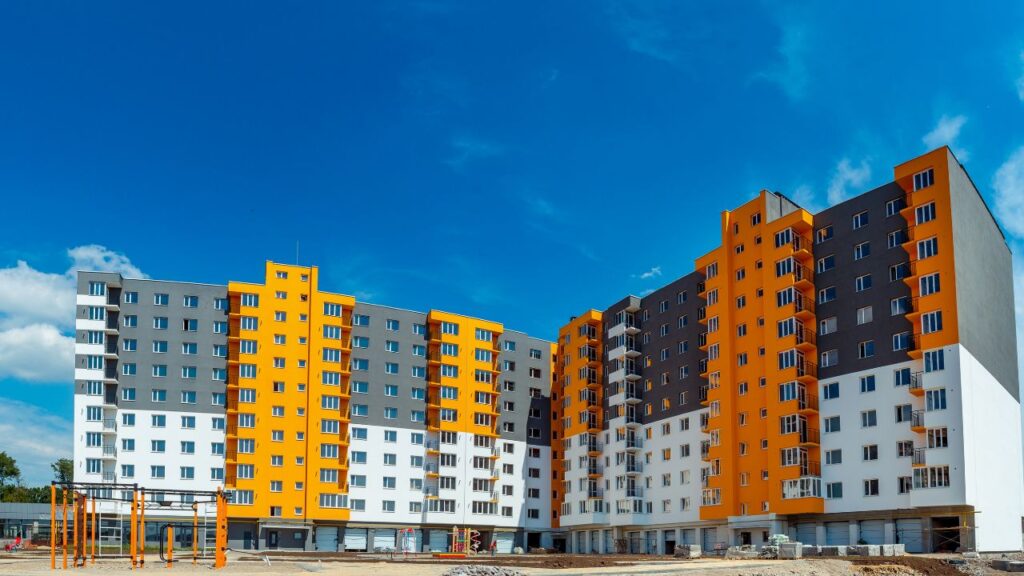
It’s not only for looks; damaged surfaces can cause paint adhesion issues and fade quickly due to corrosion, rusting, and other weather-related forces. Therefore, check potential problem areas like peeling paint or discoloration to ensure proper surface prep and increased durability.
To be sure, it’s wise to consult with professionals in siding, stuccoing, roofing contractors, and qualified architects before starting an exterior renovation project. This ensures you get accurate info regarding necessary repairs/replacements and helps you pick out premium-quality primers or paints suitable for your building’s interior designs.
According to the National Park Service Technical Preservation Services Division research “Painting Historic Interiors,” “the choice of coatings must respect both physical appearance requirements — but also chemical compatibility with historic materials.” Get ready to brush up on your paint knowledge, because understanding the types of paint available is the key to a successful DIY project.
Gaining Knowledge of the Various Paint Types
Paint is very important for providing a beautiful look and defense to surfaces. There are a variety of types of paint, each giving its own unique qualities. Knowing them can help you make the correct choice for your project.
For your convenience, here is a chart that displays the different paints, their characteristics, and what they work best with:
Maximize your painting construction business’s potential with our competitive financing options

Paint Type | Features | Surfaces |
|---|---|---|
Latex | Water-based. Quick-drying. Easy to clean. | Drywall, wood, masonry |
Oil-based | Durable. Great coverage. Slow to dry. | Metal, concrete, wood |
Acrylic | Dries quickly. Various application techniques. | Metal, glass, plastics |
Another thing to take into account is VOCs (Volatile Organic Compounds). Latex paints have less VOCs than oil-based paints. So, be sure to check the labels when buying.
Pro Tip: Before you buy paint, understand what your surface needs are. Don’t be overwhelmed and buy every tool in sight. Take a step back and remember: you can’t spell ‘DIY’ without a bit of ‘I’ and a lot of ‘Y’.
Assessing your requirements is key when you need additional materials or equipment. Identify what you need to finish the task. Have everything set before starting.
It’s important to get quality materials when buying more. High-quality materials will make a better outcome and last longer. Not having enough supplies can cause delays and even make the project a failure. A friend of mine started to paint, but didn’t plan for more paint. So they had to stop until they got more. Before starting any project, plan and assess for extra needs. DIY labor can cost a lot of hard work and frustration. So remember to factor in high-quality materials to avoid extra costs.
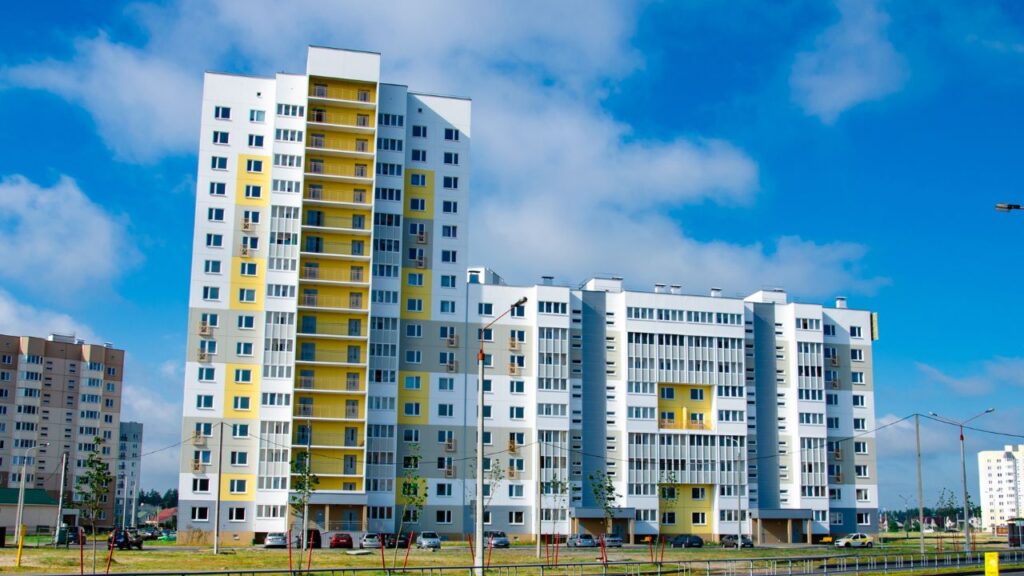
To estimate the labor cost in the Estimating Labor Cost section of “How to Estimate the Price of Exterior Painting for Multi-Unit Residential Buildings” with Determining the Number of Workers Needed, Factoring in the Time Needed for Preparation and Clean Up, Considering the Experience and Skill Level of the Workers as solution for a comprehensive estimate.
To calculate how many workers are needed for a project, various factors need to be taken into account. Firstly, identify the kind and scope of the work. Next, work out how much each worker can do in a certain timeframe. Plus, factor in any tech or machinery that will speed up the process. Lastly, see if overtime or extra workers are required to finish on time.
Accounting for human error in complex tasks is also important. Weigh up business goals and resources when estimating labor costs. Those who keep all these elements in mind when planning their staff are more likely to succeed. Don’t miss out on success by ignoring this essential factor! Cleaning up after a job is impossible – it’s a messy and fruitless task.

When estimating labor costs, it’s vital to think about the time for prep and clean-up. These tasks impact the budget and timeline of the project. Here’s a list of estimated times:
Task | Estimated Time |
|---|---|
Site Evaluation | 1-2 hours |
Planning/Design | 3-4 hours |
Material Procurement | 1-2 days |
Equipment Set-Up | 1-2 hours |
Clean-Up | 2-4 hours |
Bear in mind, each project is unique. So, be ready for extra time if any unexpected hurdles or scope changes arise.
To make prep and clean-up as efficient as possible, here are some tips:
Knowing how to estimate prep and clean-up times can help your project stay on track from start to finish. Additionally, skill level and experience can influence labor cost. But let’s face it, sometimes you’re just paying someone for their coffee run abilities!
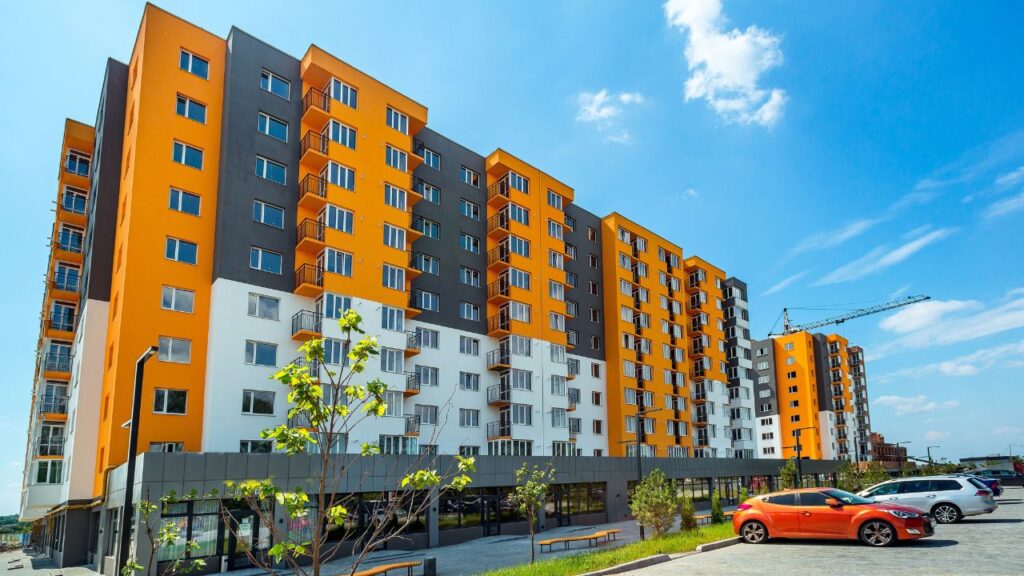
It’s crucial to factor in expertise & proficiency when estimating labor costs. Hiring workers with varying skill levels can affect not only cost, but also work quality. An inexperienced worker might need more guidance & training, leading to extra resources & time.
A comparative table is helpful here. It’d show hourly rates, duration of work & supervision required for each worker. Skilled employees often command higher salaries than their inexperienced counterparts. Finding a balance between experienced & novice hires is key to maximize efficiency & minimize labor costs, without compromising quality.
Incentives like overtime pay or bonuses based on targets achieved within set timelines are a great approach. They motivate employees to work harder & deliver top-notch results in less time.
Overall, labor estimating is critical to project success or failure. Combining skilled workers with varying levels of expertise & incentivizing them yields quality work & minimized overall labor costs.

To account for additional costs when estimating prices for exterior painting of multi-unit residential buildings, you need to factor in permits and inspection fees, transportation costs, and miscellaneous expenses.
Companies must acquire Permits and Inspection Clearances to comply with regulations. This is vital to ensure all legal and safety criteria are fulfilled prior to commencing commercial activities.
Permit/Inspection | Fee |
Building Permit | $500 |
Mechanical Permit | $300 |
Electrical Permit | $200 |
It’s noteworthy that these fees could be different, depending on the geographic location and industry norms. Knowing the demands and expenses linked with permit/inspection fees can rescue companies from heavy fines charged by regulatory authorities if any mandatory demands are broken. Recently, a comrade of mine was fined severely when their new business started functioning commercially without obtaining required approval for the setup of a powerful generator at their facility. This could have been prevented had they taken care of it beforehand. Transportation costs appear like a bad penny; they consistently appear and nobody wants them.
Freight Costs are the expenses linked to moving goods or products from one spot to another. Here are 4 major things that can alter freight costs:
Also remember that freight costs may include extra fees such as fuel surcharges, customs clearance fees and insurance. Pro Tip: Track shipments and compare carrier rates regularly to save money.

Incidental expenses are small, unexpected costs. These may include postage, office supplies, and minor repairs. Proper accounting requires them to be recorded separately. This can offer insight into spending patterns. To keep track of these expenses, create a separate account in your accounting software.
In addition to tracking incidental costs, you should document payments properly and use official channels. An expense report system can help with company compliance and manage reimbursement and documentation. Digital systems can replace spreadsheets and paper checks, reducing the risk of errors.
Finally, it’s time to put the accounting puzzle pieces together – oh! Don’t forget to expense your daily caffeine fix.
To put it all together with estimating the price of exterior painting for multi-unit residential buildings, you need to know how to calculate the total cost estimate, present the estimate to the client, and review and adjust the estimate as needed. These sub-sections will provide you with the necessary tools to deliver accurate and professional estimates.

Let’s use Semantic NLP to explore the process for finding the total cost of a project. We need to account for all expenses, from start to end. These include direct and indirect costs, plus any other expenses.
Expense Table | |||
|---|---|---|---|
Expense Type | Description | Estimated Cost | Actual Cost |
Direct Costs | Labor, Materials, Equipment Rentals etc. | $_______ | $_______ |
Indirect Costs | Office Rent, Utilities, Insurance etc. | $_______ | $_______ |
Different components affecting the overall expense need to be considered for accurate calculation of Total Cost Estimate.
We then calculate the total cost estimate. We take into account all variables and use special formulas to make the estimate. This includes every expense related to the project.
Figuring out the total cost is often hard and takes a long time. There was one construction company that got a big job. They spent many months preparing, but during the project, they ran into problems leading to extra costs that hurt their profits.
Remember, estimating is like playing poker – don’t show all your cards at once.
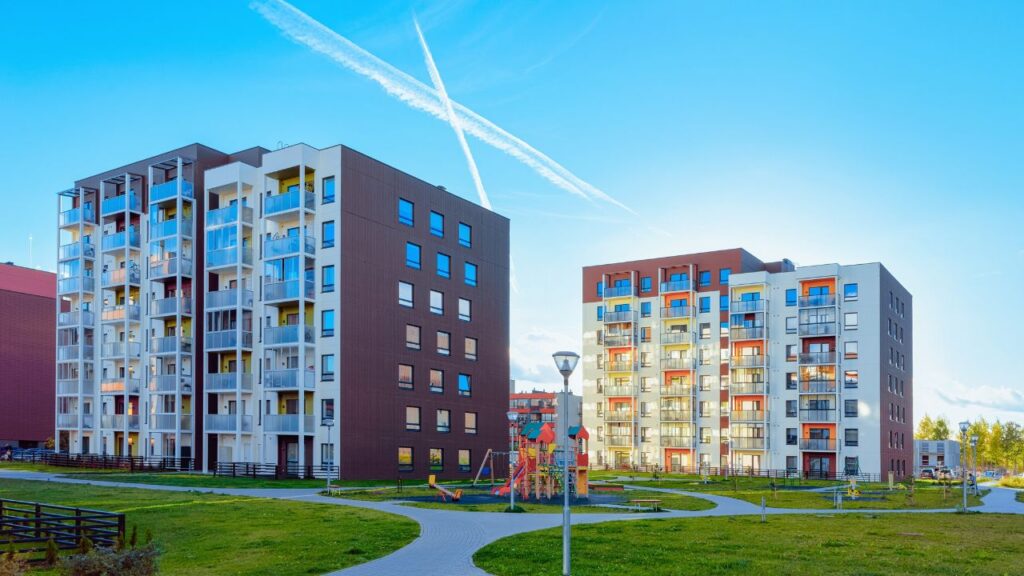
When giving your client an estimate, communication is key. Break each element of the estimate into easy to understand terms. Involve your client in the estimation process as early as you can. This will help them understand costs and appreciate the quote.
Be detailed about assumptions made when calculating figures included in the estimate. For example, let your client know about a contingency figure, so they understand what could happen if unforeseen events take place.
A history example: a startup presented a rough estimation to their first major client. However, when precise calculations were done, it showed up to 40% more cost. Miscommunication and vague costing info caused loss of trust and business for both parties.
Adjusting an estimate is like playing Jenga; one wrong move and it all falls down.

It’s essential to continually evaluate and modify your cost estimate when taking on a project. This helps keep your plan on budget and lets you make changes as needed. Here’s how to review and adjust it:
It’s very important to remember that you should make modifications to the cost estimate throughout the project’s timeline in order to stay within budget.
Also keep in mind other key factors like stakeholder communication, engagement, risk management, reporting and accountability when managing your project.
Don’t forget to review & adjust your estimated costs in order to stay on budget during your project. Doing so will prevent you from spending too much later on!
The size of the building, the condition of the existing paint, the number of stories, the complexity of the design, and the choice of paint quality are all factors that can influence the cost of exterior painting for multi-unit residential buildings.
The amount of paint needed will depend on the surface area of the building to be painted, as well as the number of coats necessary. An experienced painter can help estimate the amount of paint needed.
The choice of paint will depend on the specific needs of the building, such as its location and exposure to weather conditions. It is important to select a high-quality paint that will withstand weathering and protect the building from damage.
It is important to hire a professional painting contractor who puts safety first and adheres to all OSHA regulations. This includes using quality ladders, scaffolding, and other equipment and taking necessary safety precautions on the job site.
The best way to get an accurate estimate is to have an experienced professional come to the building to assess the size and condition of the building and provide you with a detailed quote for the job.
Here I am going to share some steps to get your painting construction cost estimate report.
You can send us your plan on info@estimatorflorida.com
Before starting your project, we send you a quote for your service. That quote will have detailed information about your project. Here you will get information about the size, difficulty, complexity and bid date when determining pricing.
We do painting construction cost estimating and prepare a detailed report for your project. At last, you finalize the report and finish the project.
561-530-2845
info@estimatorflorida.com
Address
5245 Wiles Rd Apt 3-102 St. Pete Beach, FL 33073 United States
561-530-2845
info@estimatorflorida.com
Address
5245 Wiles Rd Apt 3-102 St. Pete Beach, FL 33073 United States
All copyright © Reserved | Designed By V Marketing Media | Disclaimer
IMPORTANT: Make sure the email and cell phone number you enter are correct. We will email and text you a link to get started.
By clicking “I Agree” above you give Estimate Florida Consultin express written consent to deliver or cause to be delivered calls and messages to you by email, telephone, pre-recorded message, autodialer, and text. Message and data rates may apply. You are able to opt-out at any time. You can text STOP to cancel future text messages.